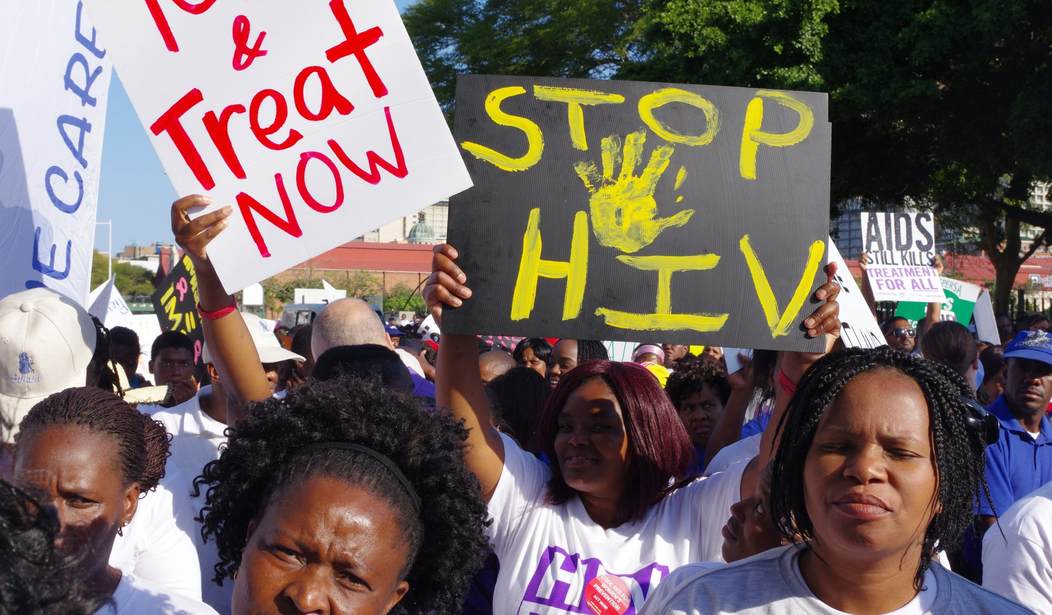The ambitious program started by President George W. Bush to provide HIV patients in Africa with life-saving drugs now provides nearly 11.5 million people — including 1.1 million children — with antiretroviral treatment.
In his 2003 State of the Union address, Bush announced the President’s Emergency Plan for AIDS Relief, as “seldom has history offered a greater opportunity to do so much for so many.”
“As our nation moves troops and builds alliances to make our world safer, we must also remember our calling, as a blessed country, is to make the world better,” Bush said. “Today, on the continent of Africa, nearly 30 million people have the AIDS virus, including 3 million children under the age of 15. There are whole countries in Africa where more than one-third of the adult population carries the infection. More than 4 million require immediate drug treatment. Yet across that continent, only 50,000 AIDS victims — only 50,000 — are receiving the medicine they need.”
“Because the AIDS diagnosis is considered a death sentence, many do not seek treatment. Almost all who do are turned away.”
At the time, the cost for life-saving antiretroviral treatment had dropped from $12,000 a year to under $300 a year, “which places a tremendous possibility within our grasp,” Bush said.
Bush had asked Congress for $15 billion over the next five years to treat 2 million HIV patients and prevent 7 million new infections.
In addition to providing drug treatment, PEPFAR has provided 11.7 million voluntary male circumcisions to reduce the risk of HIV transmission and prevented nearly 2 million babies with infected mothers from being born with HIV.
In the past fiscal year, 74.3 million people, including 11.5 million pregnant women, received HIV testing and counseling under PEPFAR.
In Malawi, the HIV infection rate among adults is down 76 percent since 2003, with Zambia down 51 percent and Zimbabwe down 67 percent.
“PEPFAR’s success is measured in saving lives and changing the course of the pandemic,”Ambassador Deborah L. Birx, M.D., U.S. Global AIDS Coordinator and Special Representative for Global Health Diplomacy, said in a statement. “The fact that the epidemic is becoming controlled in several key African countries demonstrates the remarkable impact of PEPFAR’s investments, which have long received strong bipartisan support.”
PEPFAR has launched the Determined, Resilient, Empowered, AIDS-free, Mentored, and Safe (DREAMS) program to target young women and teens in sub-Saharan Africa, who are up to 14 times more likely to get HIV/AIDS than young men.
For World AIDS Day today, the World Health Organization issued new guidelines encouraging at-home HIV testing to address the fact that more than 40 percent of people with HIV — more than 14 million — do not know they have the virus.
“Millions of people with HIV are still missing out on life-saving treatment, which can also prevent HIV transmission to others,” saidWHO Director-General Dr. Margaret Chan. “HIV self-testing should open the door for many more people to know their HIV status and find out how to get treatment and access prevention services.”
There were 37 million people worldwide infected with HIV at the end of 2015. At the end of the year, 1.1 million people died of AIDS-related causes. In mid-2016, 18.2 million were receiving antiretroviral treatment worldwide.
More than 35 million people have died from the virus since the AIDS epidemic began.









Join the conversation as a VIP Member